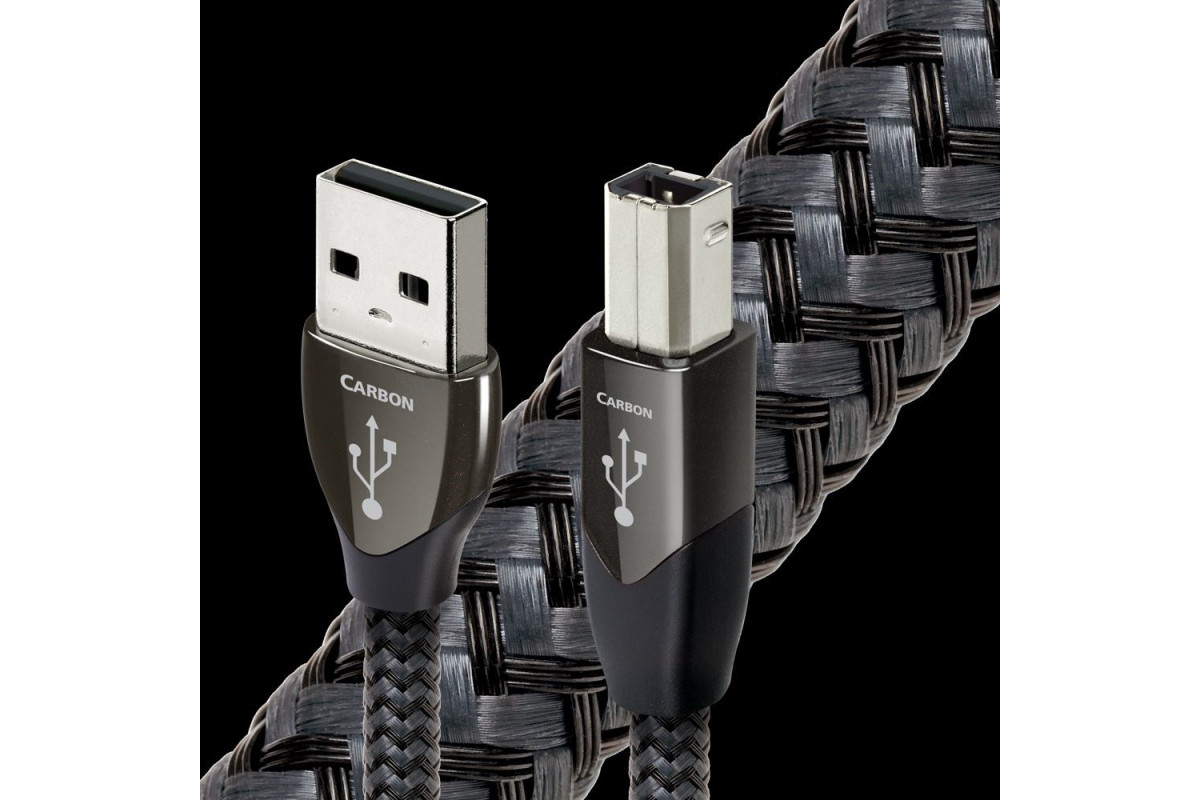



Un cuivre argenté à 5% et un système de réduction de bruit à base de feuilles carbone sont les caractéristiques principales du Audioquest Carbon USB. C'est également le modèle le plus haut de gamme non équipé du système DBS 72 V cher à Audioquest. USB 3.0 jusqu'à 3 m, USB 2.0 au-delà